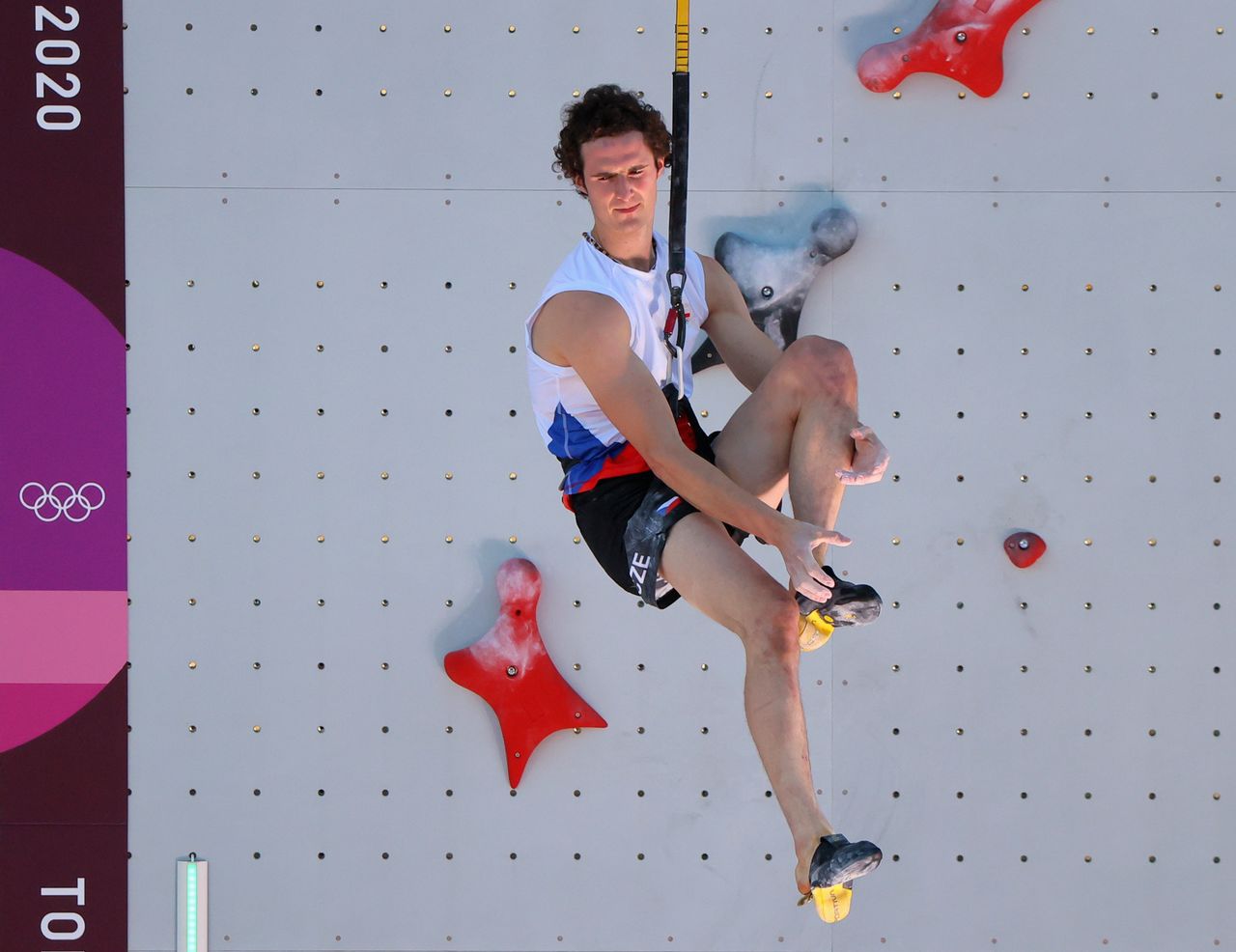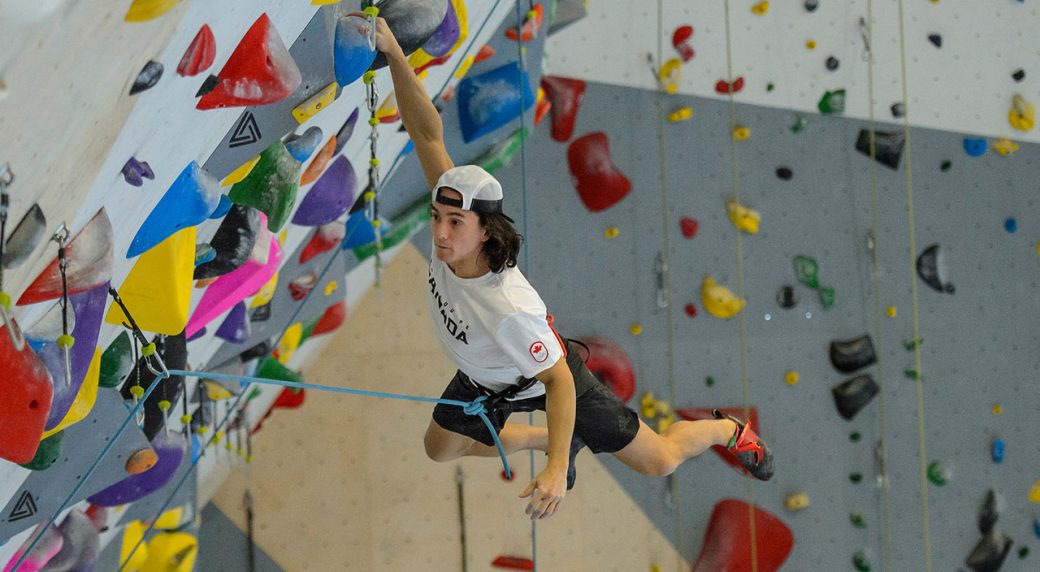The Rise of Sport Climbing in the Olympics

Sport climbing, a discipline that involves scaling artificial rock walls, has experienced a significant surge in popularity since its inclusion in the 2020 Tokyo Olympics. This inclusion marked a pivotal moment for the sport, catapulting it into the global spotlight and sparking a wave of interest from both athletes and spectators alike.
The History of Sport Climbing and its Inclusion in the Olympics
Sport climbing has its roots in the 1980s, when climbers began utilizing indoor climbing walls as a means of training and recreation. The sport quickly gained traction, with the establishment of climbing gyms and competitions becoming increasingly prevalent. In 2016, the International Olympic Committee (IOC) announced that sport climbing would be included in the 2020 Tokyo Olympics, a decision that signaled the sport’s arrival on the global stage.
The inclusion of sport climbing in the Olympics was a significant milestone for the sport, elevating its profile and providing a platform for athletes to showcase their skills and talents on a global scale. The Olympics served as a catalyst for the sport’s growth, attracting a wider audience and inspiring a new generation of climbers.
The Impact of the Olympics on the Popularity and Growth of Sport Climbing Globally
The 2020 Tokyo Olympics had a profound impact on the popularity and growth of sport climbing globally. The Games witnessed a surge in viewership and media coverage, bringing the sport to a wider audience and igniting a passion for climbing in many viewers.
The Olympics also played a crucial role in the development of sport climbing infrastructure worldwide. Following the Games, there was a noticeable increase in the construction of new climbing gyms and facilities, providing more opportunities for individuals to engage in the sport.
The increased visibility and accessibility of sport climbing led to a significant rise in participation, with more people taking up climbing as a hobby or pursuing it competitively. The Olympics also contributed to the growth of the sport’s industry, with an increase in the demand for climbing equipment, apparel, and services.
The Olympics’ Impact on the Perception of Sport Climbing as a Competitive Discipline, Sport climbing combined olympics google
Prior to its inclusion in the Olympics, sport climbing was often viewed as a niche activity or a recreational pursuit. However, the Games helped to change this perception, showcasing the sport’s athleticism, technicality, and competitive nature.
The inclusion of sport climbing in the Olympics demonstrated its legitimacy as a competitive discipline, attracting a wider range of athletes and coaches. The Games also highlighted the sport’s diversity, with athletes from various backgrounds and countries competing on an equal footing.
The Olympics’ impact on the perception of sport climbing has been significant, contributing to its growth and recognition as a legitimate and exciting competitive sport.
Challenges and Opportunities: Sport Climbing Combined Olympics Google

The inclusion of sport climbing in the Olympics has undoubtedly brought the sport to a wider audience and propelled its popularity to new heights. However, it has also presented unique challenges and opportunities for the sport climbing community.
Challenges in Adapting to the Combined Format
The combined format, which includes bouldering, lead climbing, and speed climbing, has introduced a new set of challenges for sport climbers.
- Training Demands: The combined format requires climbers to train across three distinct disciplines, which can be demanding on their time, resources, and physical abilities. Adapting to the different climbing styles and developing the necessary skills for each discipline can be challenging.
- Strategic Considerations: Climbers need to carefully consider their strategies for each discipline, as their performance in one can impact their overall score. This involves making difficult decisions about how to allocate their energy and focus, as well as balancing their strengths and weaknesses across the disciplines.
- Psychological Pressure: The combined format can add significant psychological pressure, as climbers are competing in multiple disciplines and are constantly under the scrutiny of the judges and the audience. The pressure to perform well in all three disciplines can be overwhelming for some climbers.
Opportunities for Innovation and Development
The Olympics have created a platform for innovation and development within the sport climbing community.
- Equipment Advancement: The competitive nature of the Olympics has spurred innovation in climbing equipment, with manufacturers constantly striving to create lighter, more durable, and more performance-enhancing gear.
- Training Techniques: The need to excel in the combined format has led to the development of new training techniques that focus on developing the specific skills and physical attributes required for each discipline.
- Coaching Strategies: Coaches are constantly evolving their strategies to optimize their athletes’ performance in the combined format. This involves developing personalized training plans and providing mental support to help athletes manage the pressure and demands of competition.
Olympic Influence on the Future of Sport Climbing
The inclusion of sport climbing in the Olympics has had a profound impact on the future of the sport.
- Increased Funding and Resources: The Olympics have brought significant funding and resources to the sport, enabling national federations and athletes to invest in training, coaching, and infrastructure.
- Global Growth: The Olympics have exposed sport climbing to a global audience, leading to a surge in participation and interest in the sport around the world.
- Professionalization of the Sport: The Olympics have contributed to the professionalization of sport climbing, with athletes now able to pursue the sport as a full-time career.
Potential for Further Growth
Sport climbing has a bright future ahead, with the potential for continued growth in the coming years.
- Expanding Participation: The increased visibility and popularity of sport climbing are expected to attract more people to the sport, particularly young people.
- Development of New Disciplines: The sport climbing community is constantly innovating and exploring new disciplines, such as speed bouldering and lead speed climbing, which could gain popularity in the future.
- Integration into the Paralympic Games: There is growing interest in integrating sport climbing into the Paralympic Games, which would further expand the sport’s reach and accessibility.
Sport climbing combined olympics google – While searching for information about the exciting inclusion of sport climbing in the combined Olympics on Google, I stumbled upon a fascinating article about the importance of choosing the right outdoor chair for elderly individuals. This reminded me that the Olympics is not just about athletic prowess but also about inclusivity and providing a platform for everyone to participate in healthy activities.
Perhaps a future Olympics will feature adaptive climbing events, further showcasing the spirit of sportsmanship and accessibility.
Searching for information about the sport climbing combined event at the Olympics? A quick Google search will reveal a wealth of resources, but for a deeper dive into the intricacies of this exciting sport, explore the world of sport climbing combined Olympics in Hindi.
This website offers a comprehensive exploration of the event, perfect for those seeking a more nuanced understanding. Whether you’re a seasoned climber or a curious newcomer, there’s something for everyone to discover in the realm of sport climbing combined Olympics, both on Google and beyond.